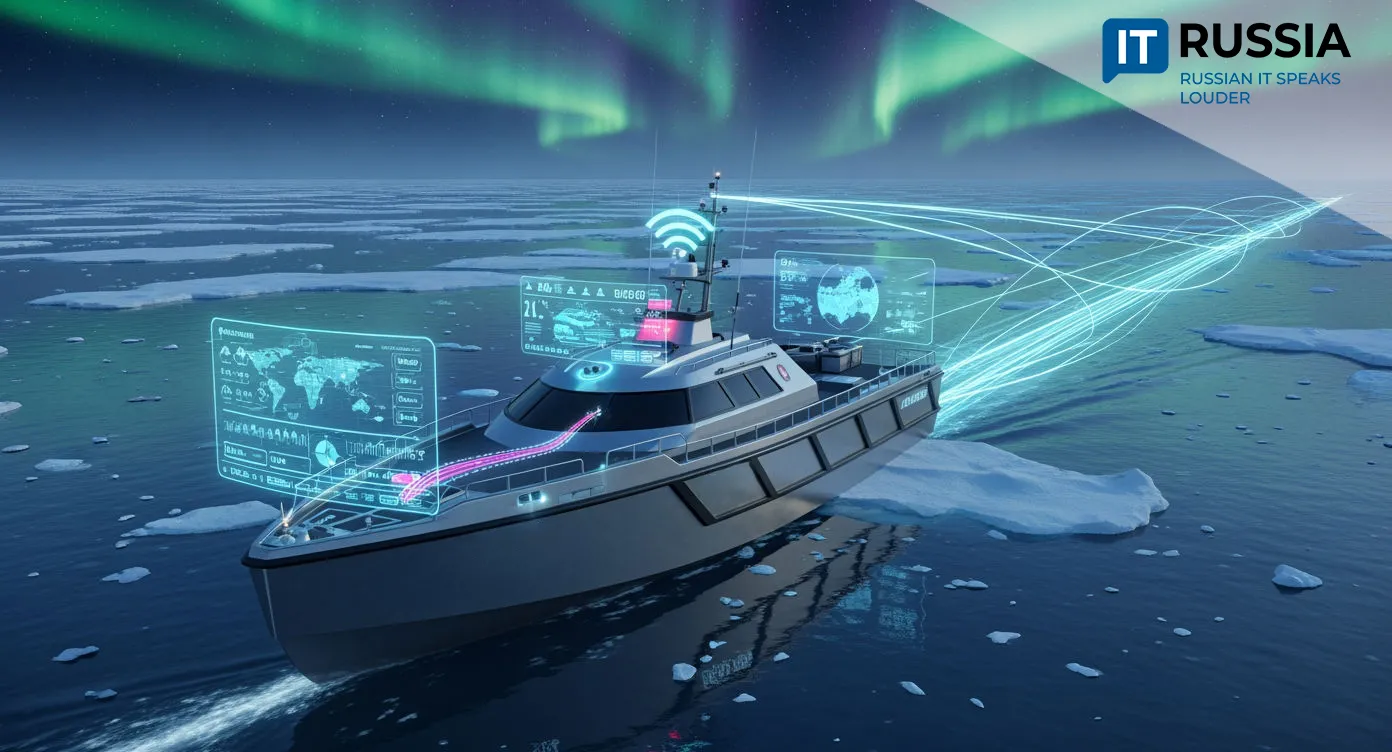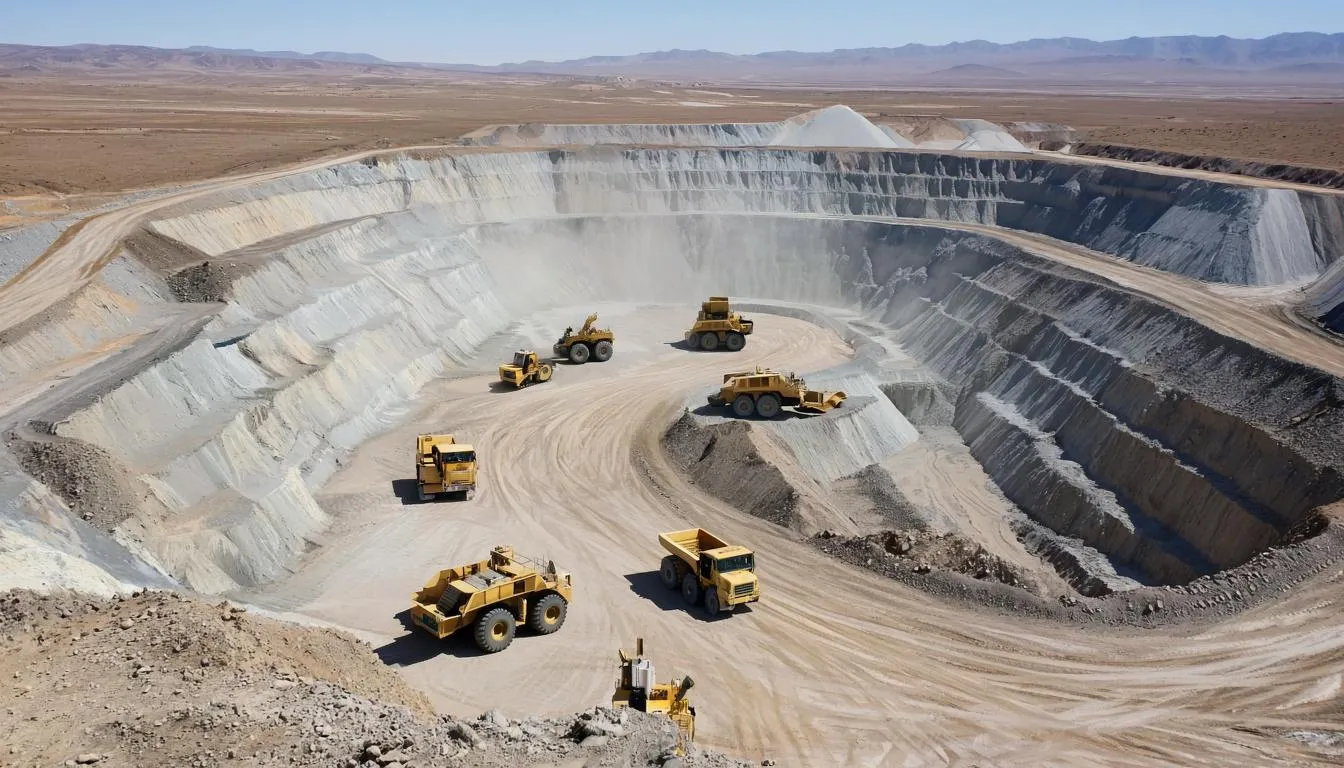Russian Scientists Develop Real-Time Permafrost Monitoring Technology
A new breakthrough from Siberian researchers enables instant tracking of permafrost changes, helping protect Arctic buildings, roads, and infrastructure from climate-driven damage.

Real-Time Protection for Arctic Infrastructure
Scientists from the Trofimuk Institute of Petroleum Geology and Geophysics at the Siberian Branch of the Russian Academy of Sciences have unveiled a revolutionary method for rapid permafrost monitoring. The technology allows researchers to detect permafrost changes in real time — a critical step for safeguarding buildings, roads, and communication systems as the Arctic warms. Currently undergoing field tests, the method could become a key tool for ensuring infrastructure safety in Russia’s northern regions and beyond.
Melting permafrost poses a growing threat to structural stability, making it essential to quickly identify vulnerable zones. Traditional borehole sensors detect temperature shifts with significant delays, limiting their effectiveness. The new system overcomes this limitation by using electromagnetic scanning instead of slow thermal sensors.
Impulse Scanning: A Global First
The innovation lies in using short electromagnetic pulses. As the ground between boreholes begins to thaw, its electrical resistance decreases. Specialized equipment registers these variations and delivers real-time data, pinpointing potential risk zones.
Originally, similar techniques were used in the oil industry to track fluid movement underground. Siberian researchers are the first in the world to adapt impulse scanning for permafrost monitoring using stationary transmitters and receivers.
From Field Data to Fast Decisions
Collected data can be transmitted remotely — via GPS or mobile networks — directly to experts’ offices. Specialized software converts the readings into clear visual maps and graphs, helping engineers make quick decisions — from reinforcing structures to evacuating residents of high-risk buildings.
The project is now in the testing phase.
Beyond protecting Arctic infrastructure, the innovation represents a valuable contribution to global climate adaptation efforts — showcasing how technology can help humanity live sustainably in the planet’s most extreme environments.









































